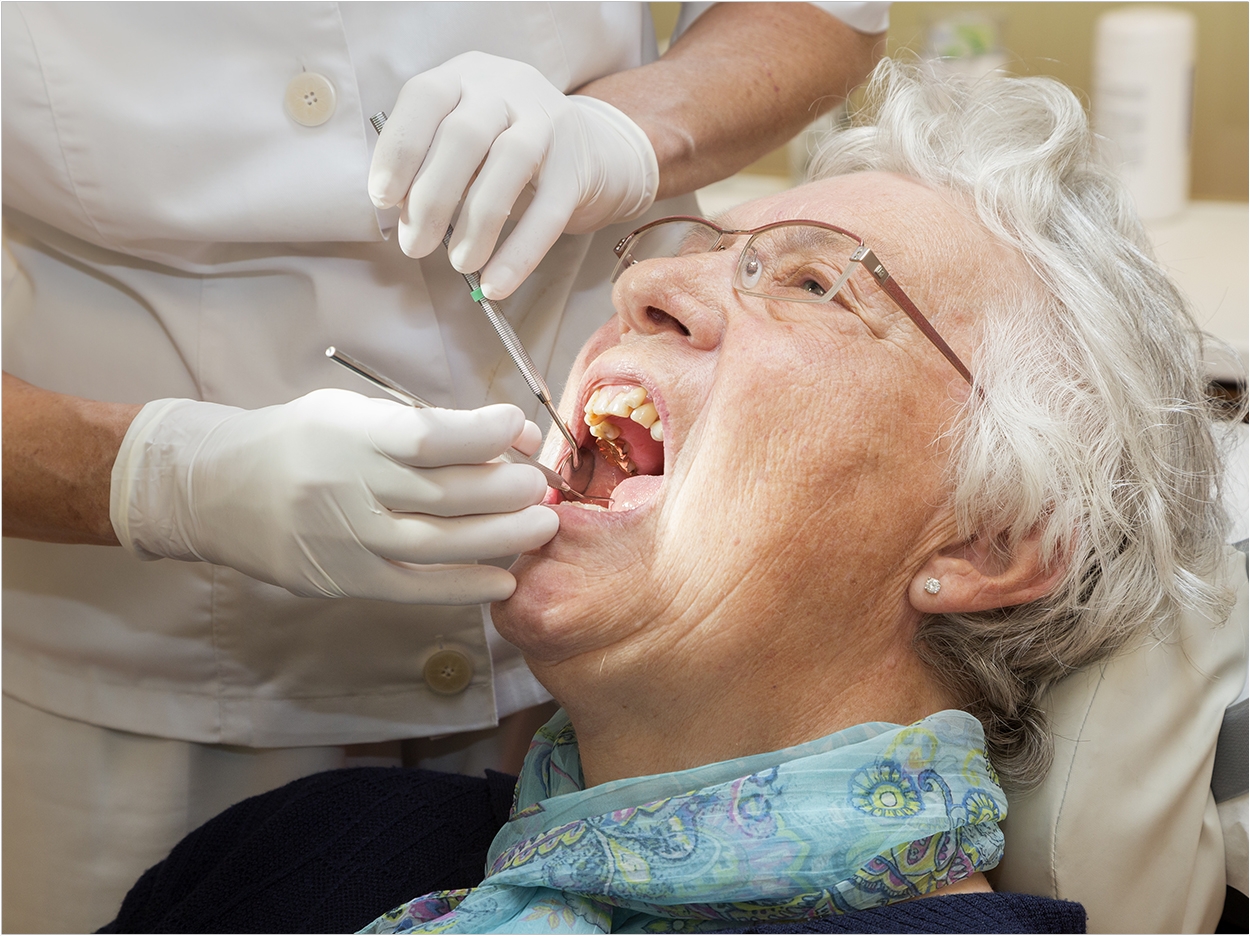
As the economy continues to improve, dental expenditures continue to increase. According to the ADA Health Policy Institute, after adjusting for inflation, total dental expenditures grew at a 3.3% rate from 2015’s $120.4 billion total to $124.4 billion in 2016. That’s two years of growth after hovering between $115.8 billion and $116.6 billion from 2010 to 2014.
“Dental care use trends are a major driver of dental spending. In 2010-2014 we saw declining dental care use among adults. The last two years of data have seen some reversals in these trends, with dental care use rebounding slightly,” said Marko Vujicic, PhD, chief economist and vice president of the ADA Health Policy Institute.
“However, it is important to note that high-income seniors, low-income adults, and low- and middle-income children have been where the most pronounced increases in dental care use have occurred the past two years, not among middle- and high-income working age adults,” Vujicic said.
Per capital total dental expenditures increased for the second year in a row in 2016 as well. Plus, dental expenditures increased for all sources of financing in 2016. While the breakdown of expenditures by source of financing largely was unchanged in 2016, Centers for Medicare and Medicaid Services programs saw a slight increase.
“Certainly I am comfortable predicting growth in demand for dental care among children and high-income seniors, as the baby boomers age into retirement with retained dentition, a high value placed on dental care, and the means to pay for it. But behind that baby boomer generation I see a major drop off in demand for dental care,” said Vujicic.
Related Articles
Dentistry Faces a New Economic Climate
Most Older Americans Lack Dental Insurance and Oral Healthcare
Millennials Want More from Their Dental Care












